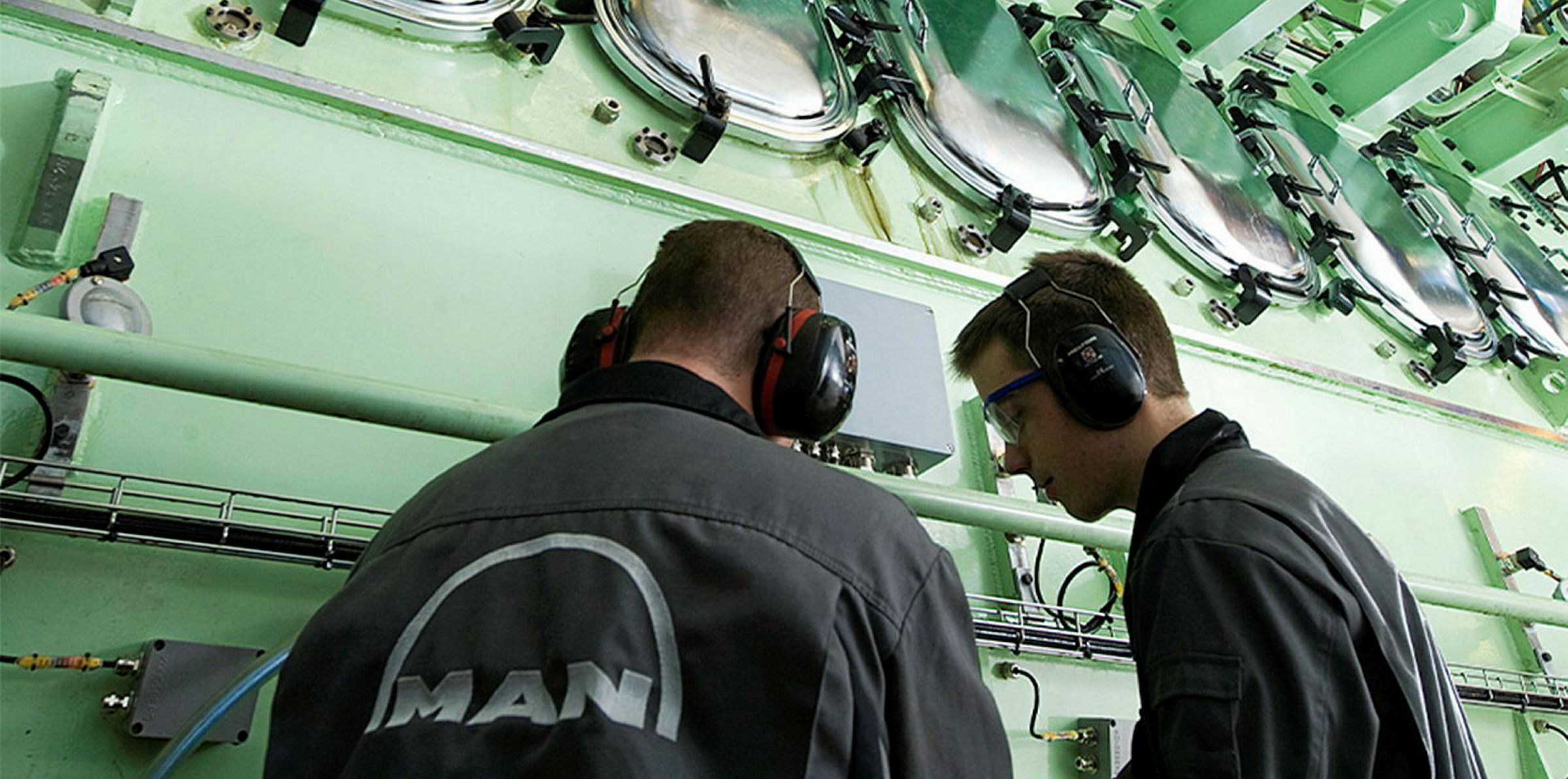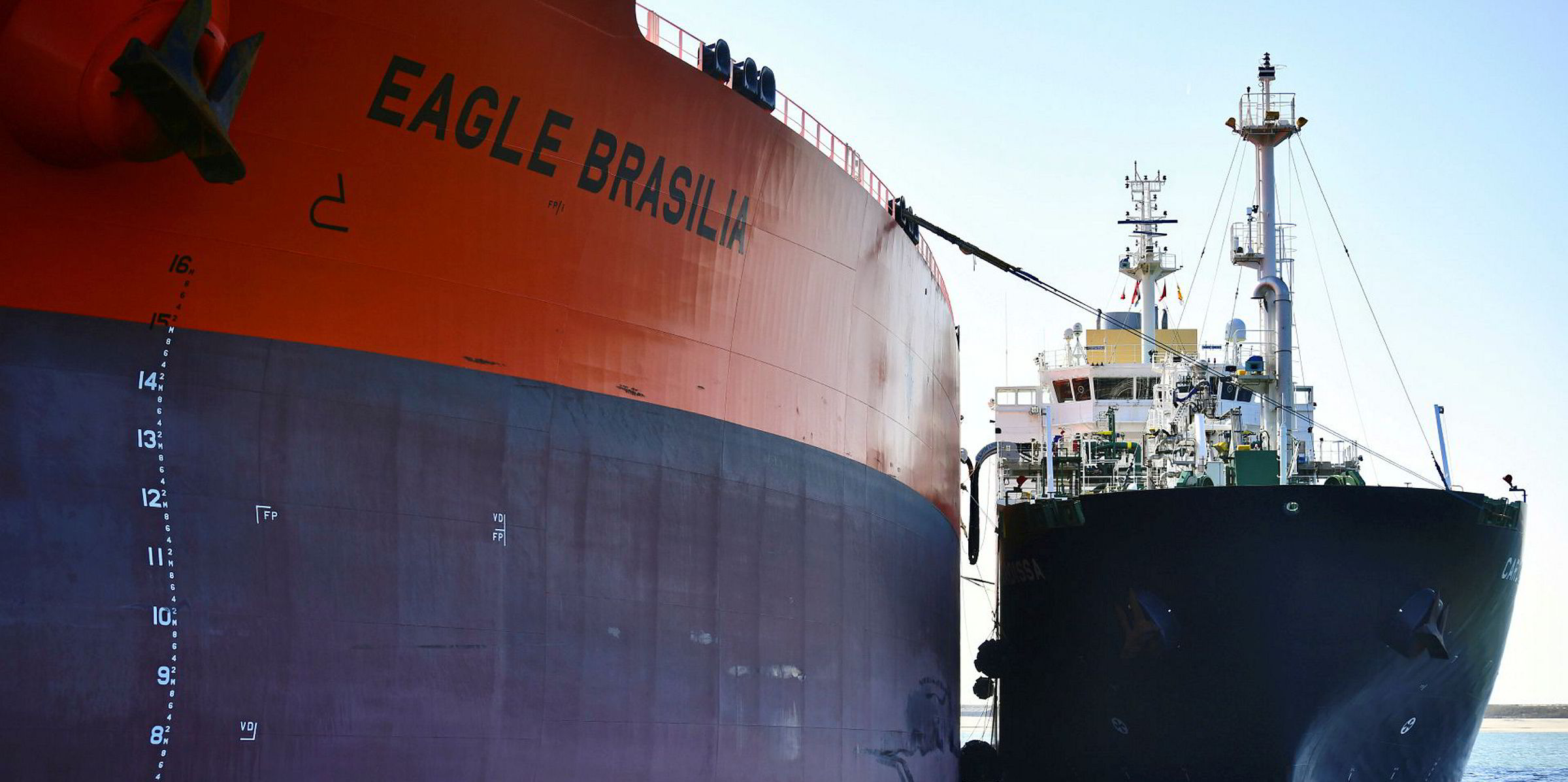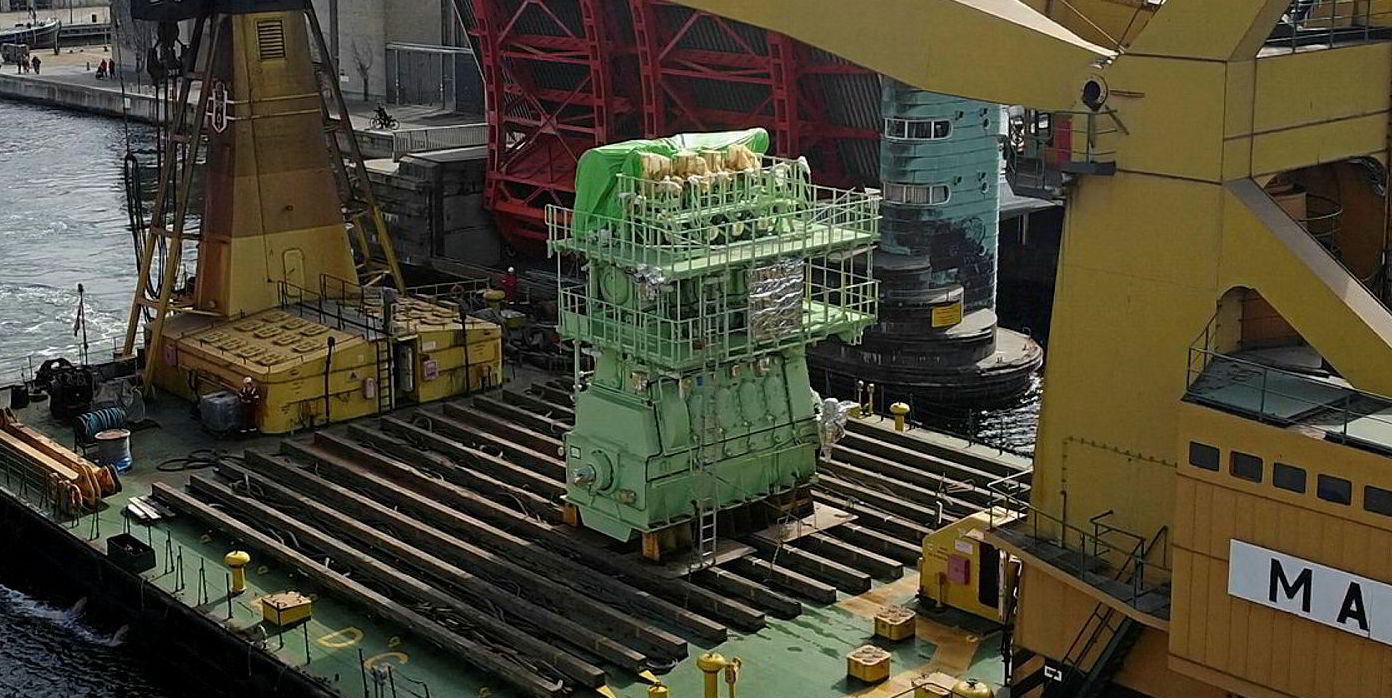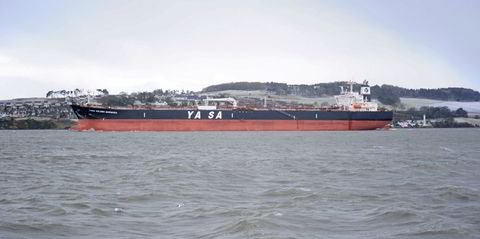MAN Energy Solutions is making data available for shipowners that will allow them to see the range of methane slip from the company’s dual-fuel engines while operating at different loads.
The company’s dual-fuel technology and business development promotion manager, Peter Kirkeby, said that previously MAN had a fixed value of 0.35 grams per kilowatt hour (g/kWh) for the methane slip on all its high-pressure ME-GI engines.
But he told a webinar audience that as a result of tests on those units in service, the engine designer can now provide more detailed data on the amount of methane that is released into the atmosphere during the combustion process.
He showed an example for a vessel operating in different loads with a methane slip value ranging from 0.20 to 0.29 g/kWh.
“We would like to allow the shipowners, operators and investors to be able to choose the engine with the least amount of methane slip,” he said.
Hot topic
Kirkeby said methane slip has been a very “hot topic” recently, noting that “other engine designers have now also decided to focus on it”.
He described methane as “a very potent greenhouse gas” and something that the IMO is planning to target in the future.
With the levels he illustrated, Kirkeby said MAN’s ME-GI is 15 to 10 times better than alternative 2-stroke engines, adding that “with latest release from our competitor we are still between five to seven times lower”.
Last week, rival engine designer WinGD said the company’s new concept, the X-DF2.0, cuts methane slip to 1 to 1.2 g/kWh.
Kirkeby revealed that MAN has also launched a new gas optimised tuning for its ME-GI engine which he said provides improved efficiency gains when the unit is running in gas mode.
“This is one of the first big steps we have taken here on the second generation [of the ME-GI],” he said.
Big reveal
Kirkeby and his colleague Peter Quaade, who is manager and head of the MAN’s ME and dual-fuel engine group, also talked their audience through the new features of the ME-GI Mk.2, with MAN director of new technologies Kjeld Aabo fielding and answering questions.
He said the Mk.2 concentrates on optimising and simplifying the engine.
Kirkeby said this has included improving the fuel gas supply system (FGSS) for which it has developed its own pump and vaporiser, and simplifying the gas valve train — the barrier between the FGSS — to create a simpler and more compact unit.

On the engine, MAN has minimised and simplified pipe installations. It has also slimmed the number of existing components and improved the function of others enabling a reduction in pilot oil consumption and the introduction of gas cylinder cut-out.
Issues and orders
Quaade gave details of how MAN has tried to address issues on its first generation of ME-GI engines.
He showed photos of cracked gas injection nozzles damaged by heat and said the company had found good performance by replacing these with ones made of tungsten.
Quaade also explained MAN's new solutions for atomisers, seals and piston rings.
None of the MAN officials would discuss the cost of the ME-GI engine, saying this was down to the manufacturers and yards.
They said the company already has orders for its ME-GI Mk.2 but did not give further details on these.

Kirkeby said the ME-GI is designed for methane or LNG but added that all MAN’s engines are designed on a basic platform so that owners should be able to retrofit them for future fuels.
“In terms of retrofitting our strategy is that we do not want to see an owner of one of our engines being left with a stranded asset because he didn’t pick the right fuel that he needs to run on in five years’ time,” he said.









